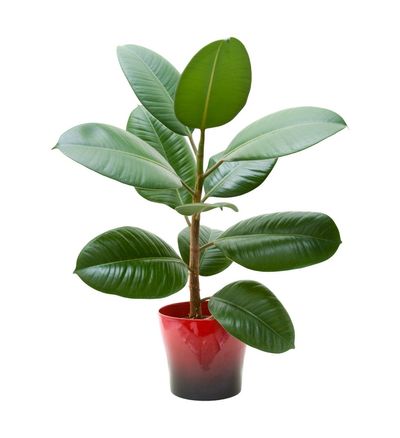Pests on a Rubber Plant
Here are the most common rubber plant insects you may come across: Aphids are tiny, pear-shaped pests that gather en masse on the undersides of leaves or the joints of leaves and stems. The pests are usually green, but different species may be red, brown, black, or yellow. Aphids damage rubber trees by sucking the sweet nectar from the leaves. Scale are tiny rubber plant pests that attach themselves to all parts of the plant and, like aphids, they feed on sweet plant juices. Scale pests may be either armored scales, with a plate-like outer covering, or soft, with a waxy or cottony surface. Spider mites are difficult to see with the naked eye, but they are serious rubber plant bugs that puncture leaves to draw out the nectar. You know mites are on the plant because of their telltale webs. They often appear when conditions are dry and dusty. Thrips are tiny rubber plant insects with wings. The insects, which may be black or straw-colored, tend to jump or fly when disturbed. Thrips are more troublesome for outdoor rubber tree plants, but they can also infest plants grown indoors.
What to Do About Pests on a Rubber Plant
Insecticidal soap sprays are usually effective against rubber plant bugs, but you may need to re-spray every couple of weeks until the pests are under control. Use a commercial product, as homemade sprays are often too harsh for indoor plants. Neem oil is also an option. Horticultural oils kill pests by suffocation and are especially effective against difficult rubber plant pests like scale and thrips. Read the label carefully, as some indoor plants are sensitive to the oils. Cover furniture before applying. Chemical insecticides should be used only as a last resort. If you use chemicals, be sure they are registered for indoor use.
